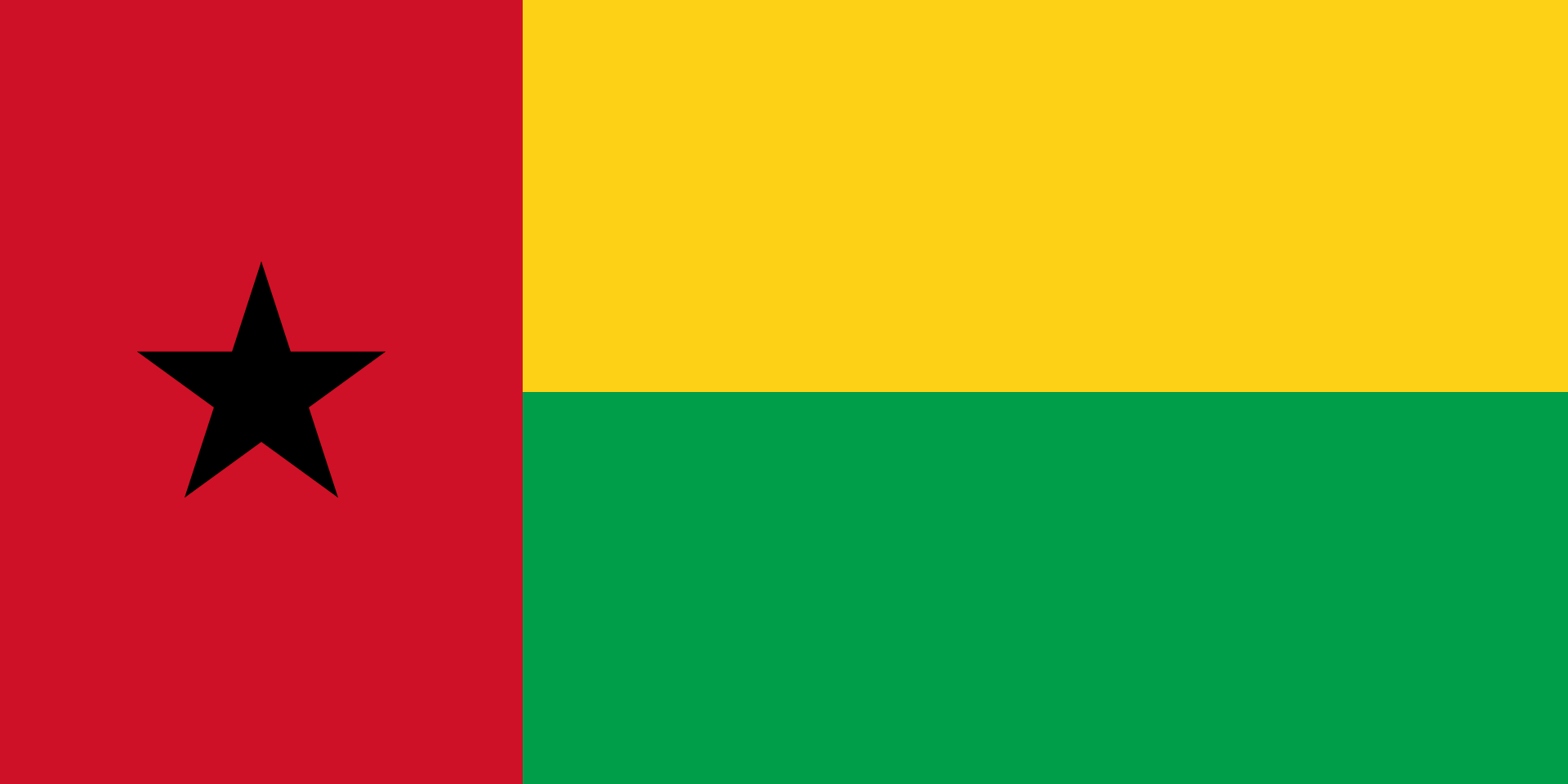Guinea is located in West Africa on the coast of the Atlantic Ocean. It is bordered by Guinea Bissau to the northwest, Senegal to the north, Mali to the northeast, Côte d'Ivoire to the southeast, while it is bordered by Liberia and Sierra Leone to the south and the Atlantic Ocean to the west. Guinea was part of French West Africa until it gained independence in 1958 and currently possesses a large portion of the world's reserves of bauxite and large quantities of iron, gold, and diamonds. However, it still relies on subsistence agriculture for its economy. More than 20 rivers in West Africa originate in Guinea including the Bakoi Rivers, the Senegal River and the Gambia River.
- Bubak is the largest city in the Bijagos Archipelago and tourists can take boat trips to the other islands.
- The Bijagos Islands include about 20 tropical islands with nesting areas for turtles and hippo habitats on Orango Island, and there are French-owned fishing lodges on some of the islands.
- Relax in Varela thanks to its beautiful beaches and pine forests and stay in an Italian hotel.
- Fort Fortaleza d'Amora, built in 1753 AD, is the main headquarters of the Guinean army and does not allow entry to visitors and tourists.
- A Pidgigate memorial to the martyrs of the massacre of striking dock workers at the hands of colonial police forces, and there is a bust of Amilcar Cabral. August 8 of every year is an official holiday in Guinea-Bissau to commemorate the massacre.
- Bissau Cathedral designed by Portuguese architect in 1945.
- Parque Natural das Lagoas de Cufada is a nature reserve located between the Buba and Corobal rivers. It is the largest wetland environment reserve in Guinea-Bissau with an area of 890 km2.2 Tourists can go kayaking through the calm waters in the early morning with the canaries or sit in the reserve to watch monkeys, deer, African buffalo, white hippos and crocodiles.
Ghana has a tropical climate with two alternating seasons; A dry season starts from November to March and a wet season from April to October. The climate in Guinea is affected by the hot and dry winds known as harmattan coming from the northeast, off the Sahara. Winter temperatures range from 30 to 35°C and rainfall can reach 4,300 mm.

